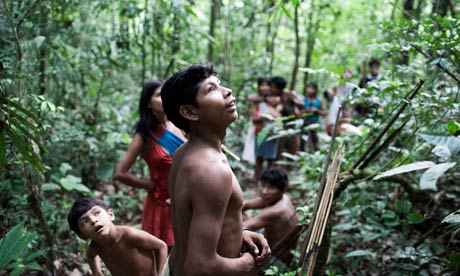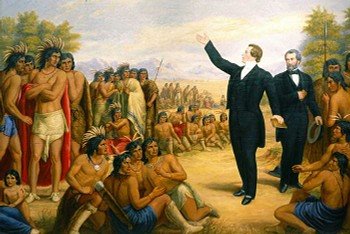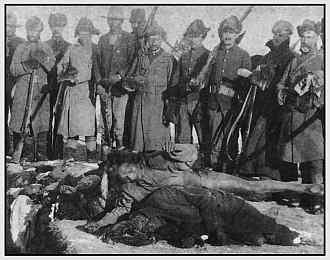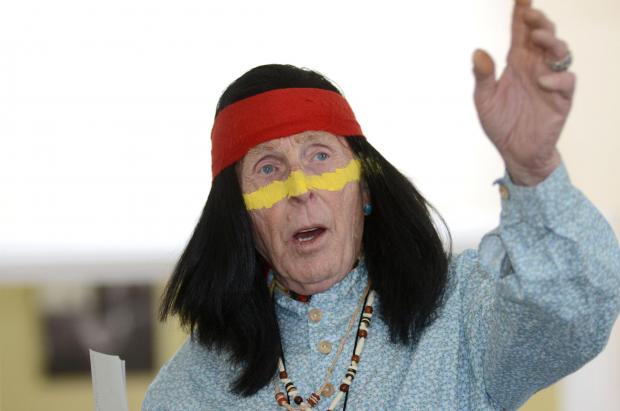By Peter O'Neil
Vancouver-based Taseko, which failed in its 2010 bid to get federal approval after a “scathing” federal review, also asked Ottawa to not permit aboriginal prayer ceremonies at pending hearings on the revised proposal.
Children’s plays should also be banned, Hallbauer said in his November letter.
The panel allowed “a group of kindergarten children to present a play, in which the children wore fish cut-outs on their heads, moved around the floor, and then all fell over simultaneously, symbolizing the death of the fish,” Hallbauer wrote.
Allowing opening prayers wasn’t “appropriate” and a “sensational” anti-project film and the children’s play also shouldn’t have been part of a process that is supposed to be “objective and fact-based.”
The company also complained that one of the three panel members, metallurgist and former environmental mining supervisor Nalaine Morin, was a member of a First Nations organization in the area that was opposed to the project.
One native leader said Taseko’s letter is an affront to aboriginal spirituality.
“We are tied to the land and that’s a spiritual area,” Tsilhqot’in National Government (TNG) tribal chair Chief Joe Alphonse said, referring to the proposed open-pit mine about 125 kilometres southwest of Williams Lake.
“To not even have that as part of the review, you may as well not have a review at all. Let’s go turn the Vatican into a casino hall.
“This is exactly what we’re talking about when a company is allowed to make those kinds of suggestions. It’s wrong.”
If they don't have a document stating they own the land, they have to leave or die. And if they do have a document stating they own the land, well, they also have to leave or die.
In short, whites win and Indians lose. If the company can't make it happen itself, it asks the government to do its dirty work. "Please eliminate the Indian problem for us so we can continue to enrich ourselves at the environment's expense."
This attitude is stereotypical because it says Native religion matters much less than Christianity. Few people would argue for demolishing a church if it was in the way of a mining operation. But Indians don't get the same consideration because they're brown-skinned "heathens."
For more on Native ties to the land, see Native Wisdom for Earth Day and Natives Endorse Mother Earth Accord.
Below: "Canada's Environment Minister Peter Kent speaks during Question Period in the House of Commons on Parliament Hill in Ottawa."



























